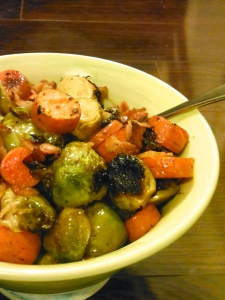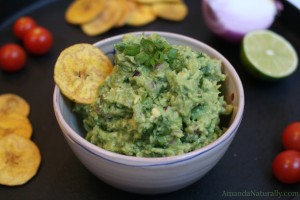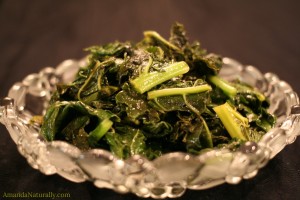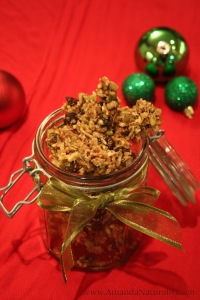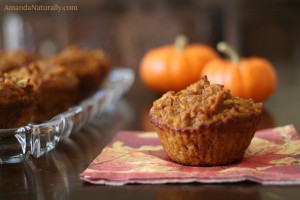 I’ve had a lot of people recently ask me how I keep bone broth on hand all of the time. This is a totally fair question because in order to get a really nutrient-rich, gelatinous bone broth it needs to cook for a long time. We’re talking 24 hours on the stove top, or 2-4 days in the slow cooker. So how do I do it? Well, I got another gadget. It’s called…
I’ve had a lot of people recently ask me how I keep bone broth on hand all of the time. This is a totally fair question because in order to get a really nutrient-rich, gelatinous bone broth it needs to cook for a long time. We’re talking 24 hours on the stove top, or 2-4 days in the slow cooker. So how do I do it? Well, I got another gadget. It’s called…
The Instant Pot!
DISCLAIMER: this is not sponsored in anyway. If you click on any links, I may receive a small commission to support my blogging activities, but it does not in any way impact the price of the item, or my opinions on the product. These are my opinions and mine alone! I just want to inform my fellow foodies of fun new gadgets they might enjoy!
The Instant Pot
About a year and a half ago I started seeing people in the real food blogosphere posting about this new gadget on instagram. I didn’t really think I needed another gadget, until I heard that it makes bone broth in only 2 hours. I was sold. However, I’m not one to splurge on a big ticket item, so I waited and asked for one for my birthday. Luckily my in-laws are awesome and they made my day by gifting me one!
The 7-in-1
The setting I use for super speedy bone broth, is the pressure cooker setting. I’ve never used a pressure cooker before, and neither did my mom. It doesn’t seem to be a very popular kitchen utensil in the western world – however it is hugely popular throughout Asia and countries that utilize tougher cuts of meat. Prior to the Instant Pot, all I could picture was a pressure cooker exploding in my kitchen – which terrified me. However, the Instant Pot is an electric pressure cooker, with pretty much every fail-safe possible to prevent any user error. I have felt extremely confident using it, from the second time onwards! I now use it for making hard boiled eggs (see below), quick stews, homemade yogurt and cooking whole root veggies – fast! It’s probably the most used item in my kitchen right now.
Now, I got the Instant Pot for the pressure cooker / bone broth awesomeness. However, once I was able to play around with it, I learned about all of the other functions!
- pressure cooker
- slow cooker
- rice cooker
- saute/browning
- yogurt maker
- steamer
- warmer
Here are my favourite settings:
Saute / Browning Mode
This allows me to brown meat in the bottom of the pot, before either pressure cooking OR slow cooking. While not a huge deal, it does save on dishes by not needing to brown in a separate pan.
Warmer
This is one of my favourite settings. You can cook something on pressure mode for 45 minutes in the middle of the day (or morning, or at bedtime), and as soon as the 45 minutes are up, it will switch over to slow cooker mode, on low. So you don’t have to be in the kitchen an hour before you want dinner prepared. You can throw everything in the pot in the morning, pressure cook it, and let it stay on warming all day.
Steamer
All I can say is – steamed whole sweet potatoes take 15 minutes! Plus time to build up pressure, but again – you can throw them in, press steam and leave them. No need to monitor the oven for 1-2 hours when roasting. This is especially awesome when I want to make a recipe for things like sweet potato biscuits, that calls for steamed, roasted or pureed sweet potato.
Yogurt Maker
Since I don’t tolerate dairy, and the store-bought coconut “yogurts” are full of junk that really bug my gut (guar gum etc), my only option is to make my own. This is something I had always been interested in doing, but never dove into. Once I had this great gadget, I jumped in head first and boy was it a success! If you tolerate cow dairy, or goat dairy, here are a great set of directions for DIYing it. However, if you don’t tolerate milk (like me), full-fat coconut milk can make an awesome yogurt alternative! It’s actually a way simpler recipe, because you don’t need to pasteurize the milk first. See directions below.
Homemade Coconut Milk Yogurt
1. Heat 4 cups of full-fat coconut milk (I prefer the Aroy D brand) in a pot, to 110F. Use a candy thermometer, or an electronic meat thermometer ( <– another favourite kitchen gadget). As soon as the temperature hits 110F, pull it off the heat.
2. Immediately whisk in ½ cup of a previous batch of yogurt (you can use dairy if tolerated, store-bought or your previous batch) or 2 packets of Vegan Yogurt Culture (I love the Cultures for Health product, although it does have a bit of rice starch in it – something to note if you’re sensitive or following the AIP protocol). Apparently you can use 2 or 3 probiotic capsules, but I haven’t tried this. (UPDATE: a friend told me she uses ¼ tsp of probiotic powder, or 2-3 capsules, and 1-2 tbsp maple syrup)
3. Whisk in 2 tsp grassfed gelatin. Without this, it won’t thicken. You will still have a yummy, tangy coconut milk, but it will definitely be milk, not yogurt. Apparently you can use agar agar to keep it vegan, but I haven’t tried this since I’m always looking for extra ways to get in gelatin!
4. Pour into jars, or a glass bowl (that fits in the pot), and place in the bottom of the Instant Pot. Secure the lid, press the “yogurt” button, adjust the time to 12 hours and walk away. (NOTE: don’t put the yogurt directly in the Instant Pot. Since it is stainless steel, mine retains a slight hint of what was previously cooked – usually broth. And trust me, broth-flavoured coconut yogurt is not good.)
5. 12 hours later, remove from Instant Pot and store in fridge for a few hours to let set.
NOTE: if you don’t like really tangy yogurt, start checking the flavour around 8 hours.
Favourite Recipes using the Instant Pot
Bone Broth – in only 2 hours!
- Fill pot with bones.
- Add in some aromatics (onion ends, smashed garlic) and some bonus nutrients (egg shells, sea weed).
- Add water until bones are just covered.
- Add 1 tbsp apple cider vinegar.
- Close pot, make sure pressure valve is set to closed and press “Manual”, adjusting the time to 120 minutes.
- Use slow release method so it doesn’t spray up through the pressure valve!
Hard Boiled Eggs (fool proof, easy to peel – even if truly farm-fresh). This is hands down my favourite way to make HB eggs – nothing else compares!
- Place as many eggs as you want, on a steamer or the trivet.
- Pour 1 cup of water into the bottom of the pot.
- Close the lid, make sure the pressure valve is closed.
- Press “manual” and set for 5 minutes. Let it do its thing.
- As soon as it beeps, use the quick release method and dunk the eggs in an ice bath. Once chilled, store in the fridge. (UPDATE: As of May 2016 I no longer do the ice bath. As soon as the eggs are done, back into the carton and in the fridge they go!)
Baked Sweet Potatoes – you don’t need to wrap in tin foil before, but it will help if serving individually.
Squash – this is great for steamed squash (for soups) or spaghetti squash. However, the squash won’t have that caramelized, roasted taste. So if that’s what you’re going for, use my Squash Tutorial.
- Slice squash in half, remove the seeds.
- Place trivet in the bottom of the Instant Pot. Add 1 cup of water.
- Place squash on top of trivet.
- Close lid and make sure pressure valve is closed. Set to “Manual” for 5 minutes (for spaghetti, acorn… for a large butternut, you might need to do 7 minutes).
- Use the “Quick Release” method when the 5 minutes is up!
Instant Stew You can follow these directions, or you can do what I do and put the stewing beef on the bottom, add onions, garlic, quartered potatoes, carrot chunks, a can of tomatoes, 1-2 cups bone broth (cover the food with liquid), sea salt, pepper, bay leaf, oregano. Press “beef/stew” and go.
Nom Nom Paleo (an incredible cook and foodie) is also obsessed with the Instant Pot, and has converted dozens of her slow cooker recipes. Definitely check her out!
Instant Pot Website – hundreds of resources!
Tips and Lessons Learned
- Unlike the slow cooker, this loses liquid instead of creating it. So make sure there is enough liquid!
- Time to reach pressure needs to be accounted for. Quick things like eggs take 10 minutes to reach pressure, and then 5 minutes to cook. Sweet potatoes only take 5 minutes. However, larger volumes (like stew or broth) can take up to 20 minutes to reach pressure. If lots of frozen items are going in (like when I make broth), it can take 30+ minutes to reach pressure. Make sure to factor this in!
- The quick release valve releases a lot of steam that can burn you if you’re not careful. I always throw a dish towel over it before turning it to release.
- If you fill up the pot too far, you can’t use the quick release. It will shoot liquid out of it. Not ideal.
- You can only use your previous coconut milk yogurt to inoculate your new batch about 2 or 3 times before the bacterial concentration drops too low. There’s very little sugar in coconut milk, so nothing to feed it once it uses up all the rice starch! You could probably add some rice/potato starch, or cane sugar to further stretch your starter culture, but I haven’t tried this yet.

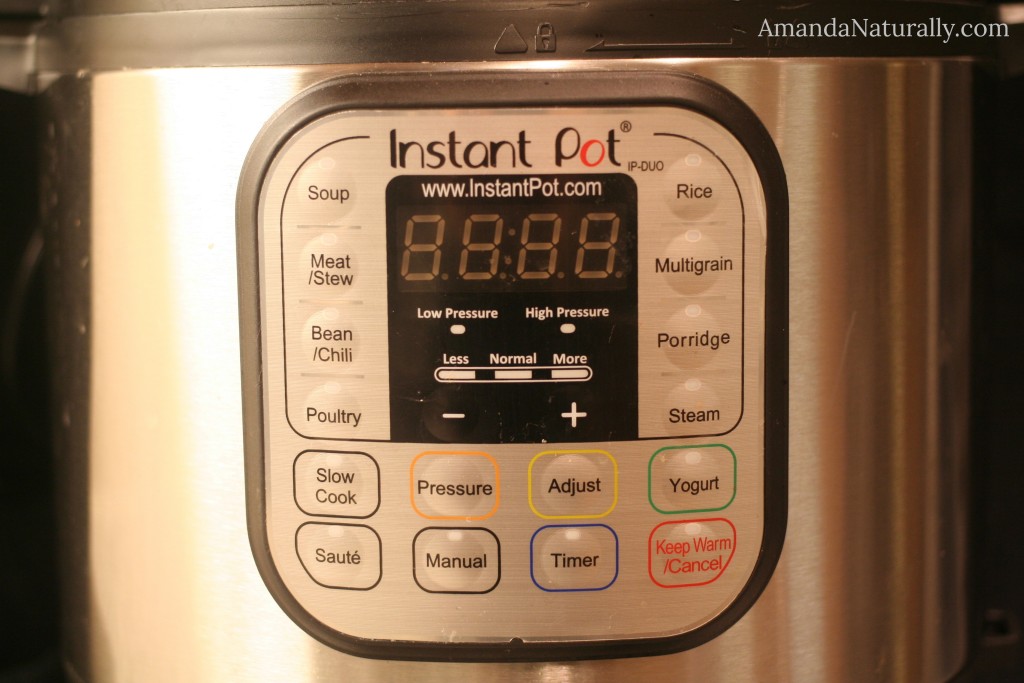
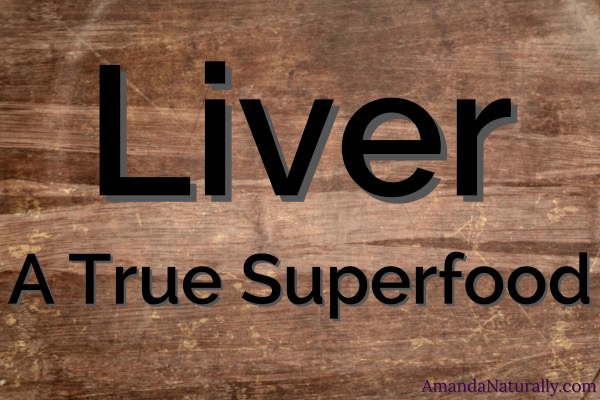 When we think of superfoods, things like kale, acai, chia and other plants come to mind. However if we actually put a definition to the word superfood, it becomes quite obvious that these are not true superfoods. Here are my requirements for a superfood:
When we think of superfoods, things like kale, acai, chia and other plants come to mind. However if we actually put a definition to the word superfood, it becomes quite obvious that these are not true superfoods. Here are my requirements for a superfood: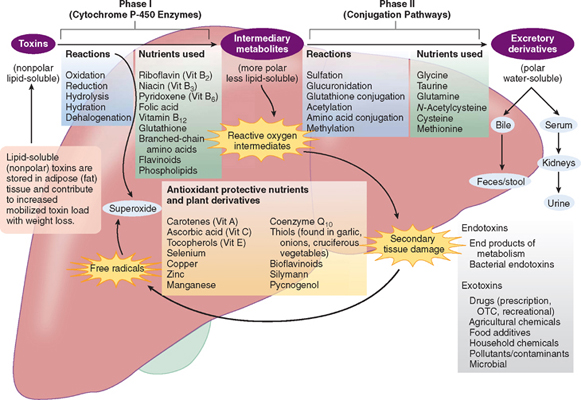
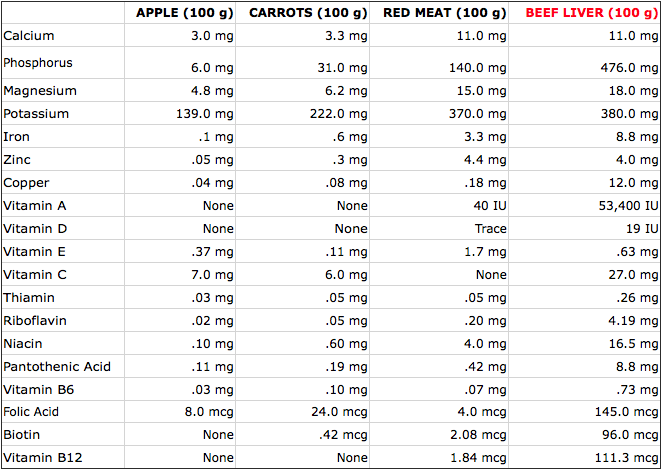
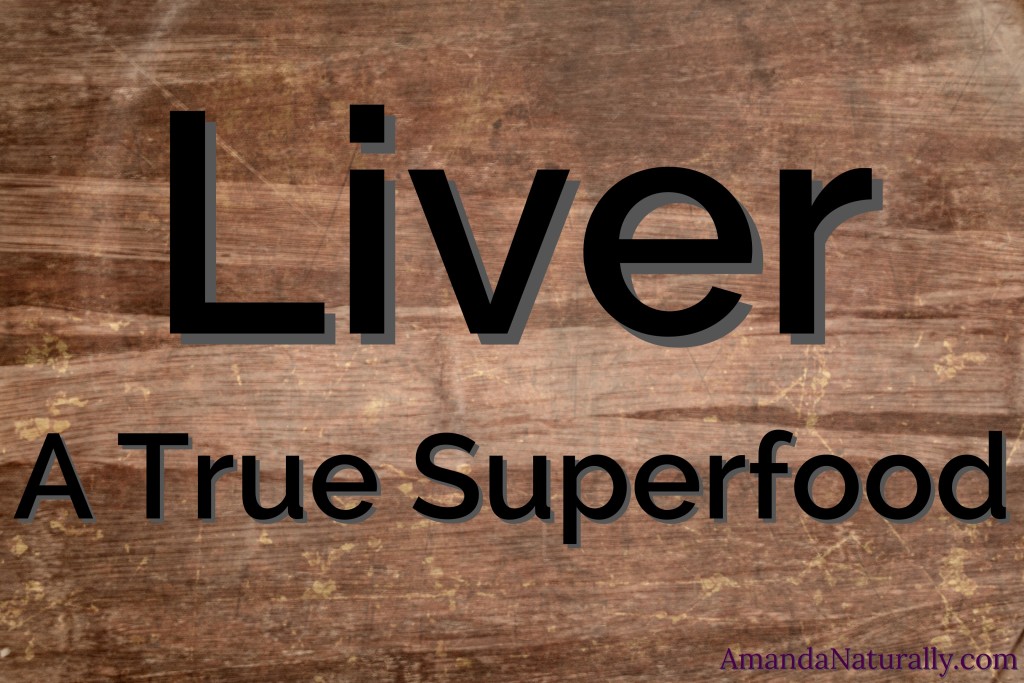
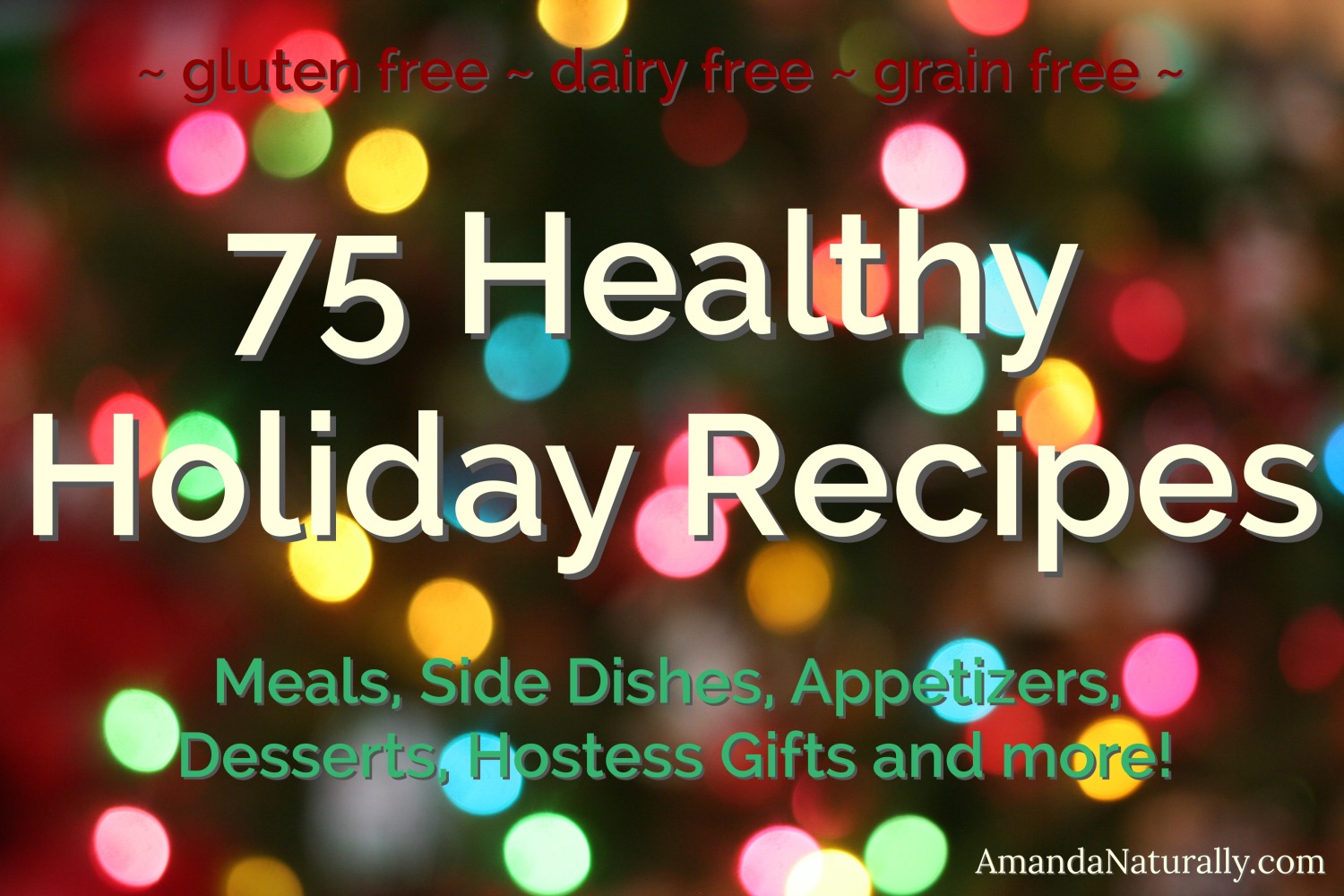
 Appetizers
Appetizers
